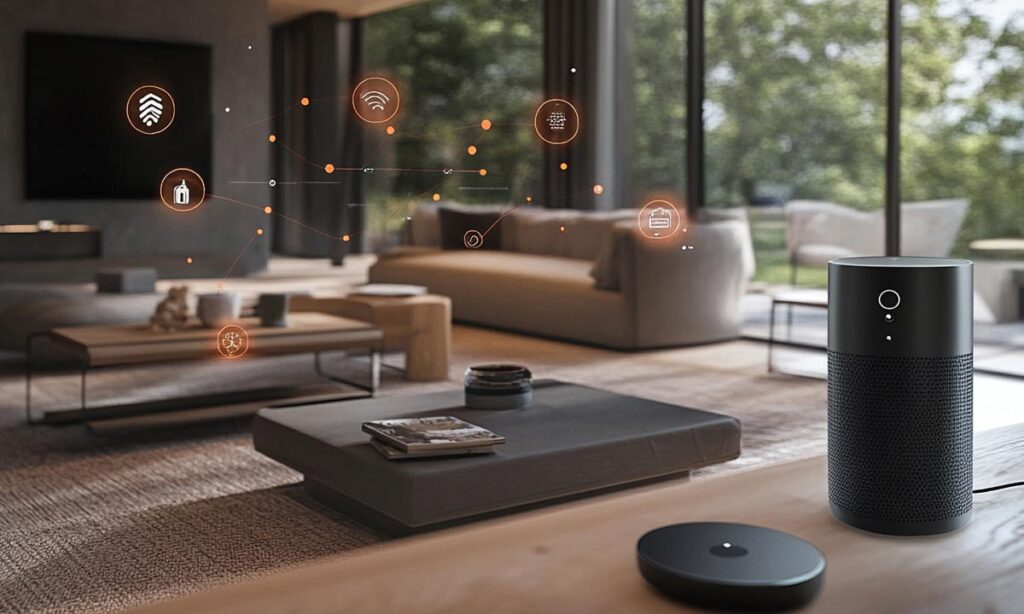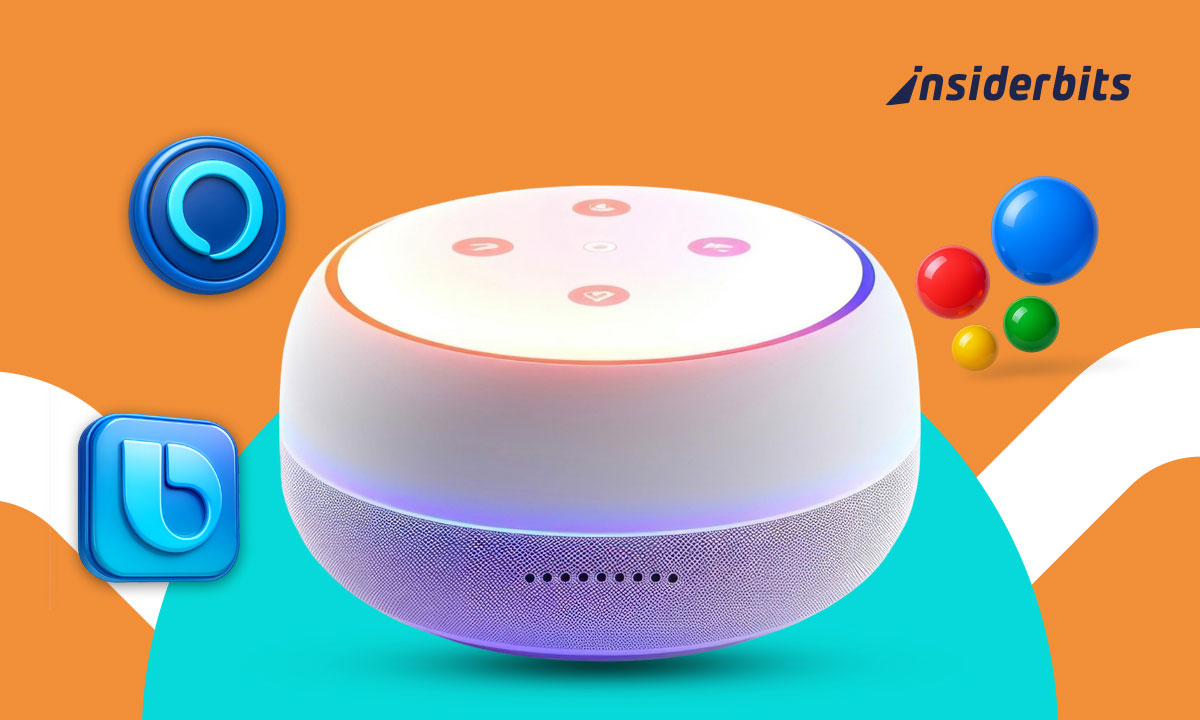The Alexa+ update signals a new chapter in voice-assisted living, bringing more fluid conversations and deeper integration across smart home ecosystems. Amazon’s generative AI upgrade now gives Alexa contextual awareness, meaning your assistant no longer requires exact commands to perform actions or recall details from earlier interactions.
This shift turns Alexa into a proactive, conversational interface that learns and simplifies everyday routines with more intuition than ever before. Currently, Alexa+ is more than just about control, this update reshapes the role of voice AI in the home, making automation more responsive to dynamic user needs.
- How To Connect Alexa To WiFi Without the App?
- How To Fix Amazon Alexa When It Doesn’t Work
- How to Use Alexa App: Discover Every Voice Assistant Possibility
What’s New in the Alexa+ Update
To begin with, the Alexa+ update is available on both iOS and Android devices.
4.7/5
This upgrade introduces features like memory-based interaction, follow-up questions without repeating wake words, and the ability to summarize or explain information using more human-like speech.
It also brings improved smart home management, allowing users to request grouped actions without needing to program every detail manually.
Moreover, voice recognition is now smarter, too. Alexa+ can differentiate between household members to deliver responses and even more accurate reminders.
Instead of feeling like separate commands, conversations with Alexa now build on each other, offering a more fluid and intelligent exchange that saves time and effort.

AI Features That Make Alexa Even Smarter
At the core of the Alexa+ update is generative AI, which enables Alexa to draw on past user behavior and conversational patterns to respond in more contextually aware ways.
This means it can now infer intent, like suggesting turning off the lights if it notices bedtime questions, or recommending routines based on recent interactions.
It also improves task flexibility. If you ask to “set the same lights as yesterday,” Alexa now remembers what that means and applies it without additional setup.
The modern system goes beyond reactive voice response by creating a thread of understanding that grows over time, helping Alexa evolve with each user’s habits
How Alexa+ Competes With Google and Siri
The Alexa+ update positions Amazon to rival both Google Assistant and Siri by enhancing its technical capabilities and the overall experience of natural interaction as well, because it provides proactive support within the smart home.
While Siri remains tightly integrated with Apple’s ecosystem, and Google Assistant, thrives in real-time search integration and Android device synergy, Alexa+ distinguishes itself through its conversational context and smart home range.
This update extends Alexa’s ability to understand layered requests.
Unlike its competitors, Alexa+ welcomes a broader range of smart home brands, allowing users to integrate lighting, locks, thermostats, and appliances from various manufacturers without friction.
Rather than locking users into a single brand or operating system, Alexa+ molds itself around the environment it’s placed in.
This way, it keeps continuously learning from daily behaviors and evolving into a more personalized assistant capable of managing dynamic household needs.
Using Alexa+ to Automate More of Your Home
With the Alexa+ update, users can now automate sequences with fewer commands, combining device control, media, notifications, and reminders in one streamlined request.
For example, saying “I’m heading out” can now lower blinds, lock the doors, switch off lights, and do other necessary tasks, all through learned behavior and pre-set logic.
In addition to all of these automations, pairing with apps like SmartThings, that can also be found on both App Store and Play Store, adds even greater depth, allowing automation to expand beyond voice to sensors and remote access across the entire home.
4.8/5
This basically means: more control, less effort.
This update bridges the gap between smart homes and intelligent homes, where systems simplify daily habits.
Voice Assistants and the Future of Smart Homes
The Alexa+ update reflects a wider trend in home tech, where voice assistants evolve into digital companions that do more than just answer or execute simple commands.
In the future, assistants will begin to serve as personal organizers and even emotional support systems within smart environments.
They’re becoming integral to how homes function, replacing touch screens or remote controls with interactions that feel intuitive and human.
Further, the AI that listens best and adapts fastest will define how comfortable and efficient our homes truly feel.
Alexa+ Update Brings Smarter AI Features to Your Home – Conclusion
The Alexa+ update elevates home automation from simple command-based interactions to intelligent, memory-driven conversations that adapt to how we live.
Its smarter context recognition and personalization tools make everyday tasks more seamless while unlocking new potential for multi-device coordination.
In 2025, voice AI isn’t just reacting. It’s becoming part of the household.
Related: The Future of AI Voice Assistants
Enjoyed this article? Save the Insiderbits blog to your favorites for the latest tools, creative tech tips, and photo editing breakthroughs!




